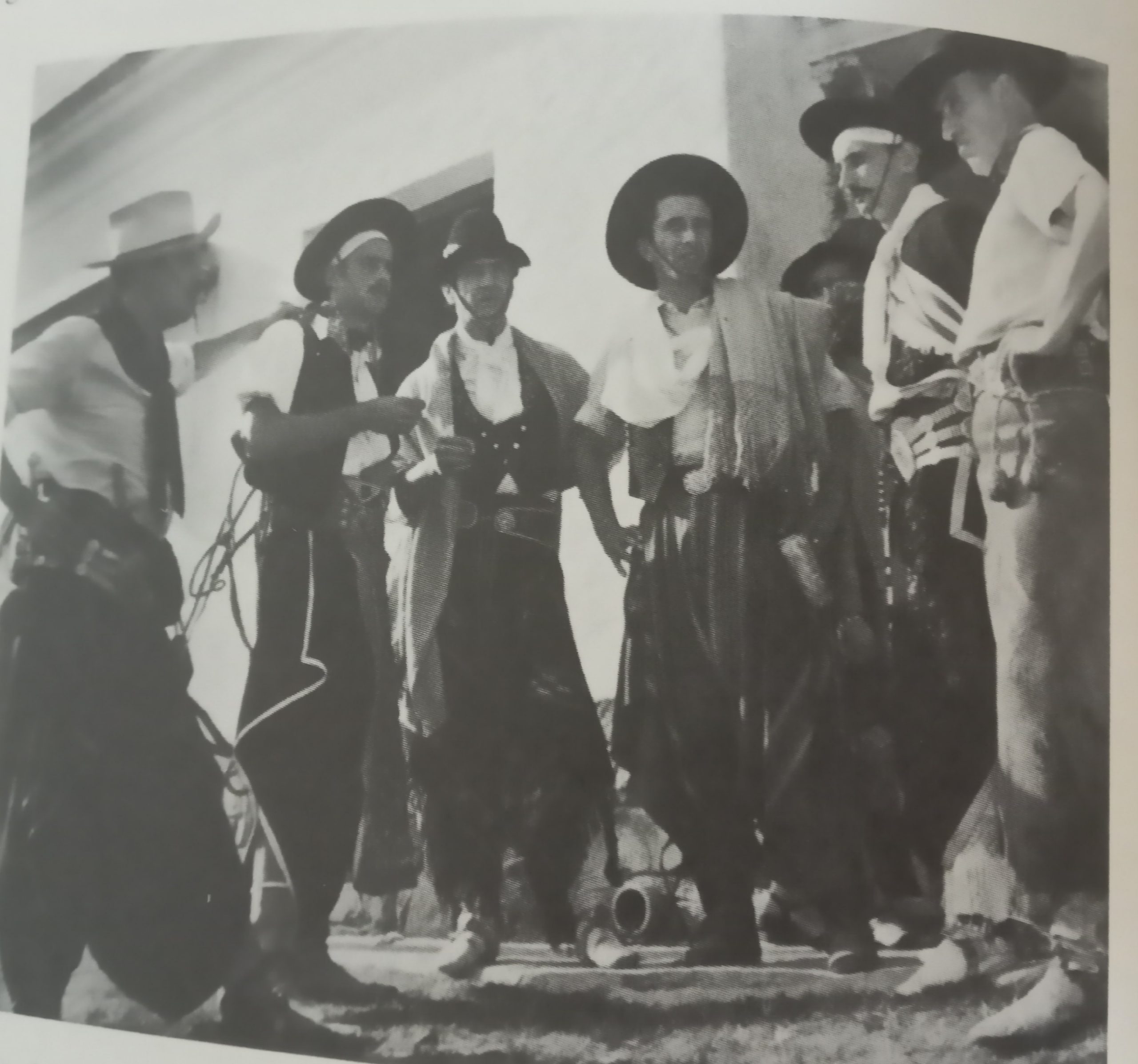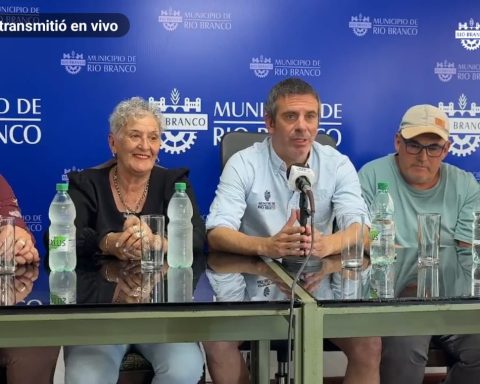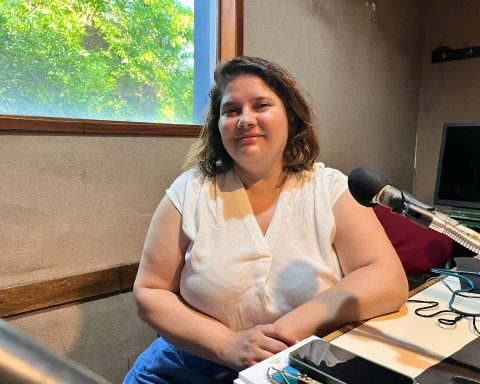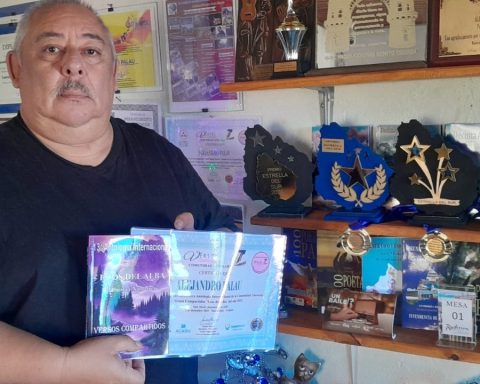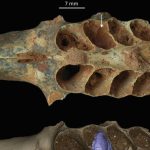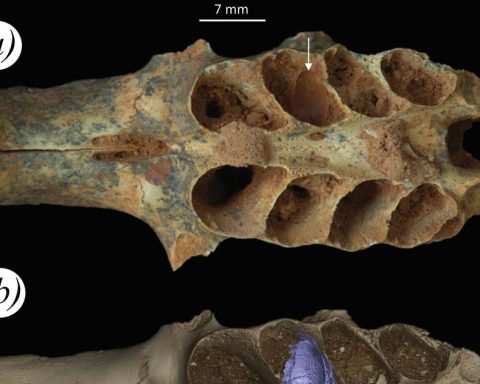“Ismael” film project that remained in the memory…..
In September 2016, I was asked (at that time I held the role of Director of Museums) to the Conference Room of the Dr. José Apolinario Pérez Museum, for the presentation of the book “A la orilla del silencio” by the authors Jorge Basilago and Guillermo Pellegrino. I did not hesitate to grant authorization when I learned that it was a book on the life and work of Osiris Rodríguez Castillos.
Needless to say, how beautiful and typically oriental Osiris Rodríguez expressed in his creations. Especially known in Cerro Largo for “Camino de los quileros” and many works that have their origin in the “sierras de Aceguá”. He was a poet, storyteller, musician, composer, craftsman, painter. He was born in 1925, in a Montevideo neighborhood (Goes) inhabited by immigrants of diverse origin, a true urban mix. The family moved to Sarandí del Yi, when he was very young. His mother was an obstetrician and practices there. His father was “titled Dr.” Rodríguez Castro, the mother’s name was María Belen Castillos Muñoz, she was a close relative of the leader of Melo, Basilio Muñoz.
Through the Castilhos, he descends from Portuguese who came to Brazil, transformed into landowners. Loreto, María Belen’s father, came to Uruguay and married Dámasa Muñoz, Basilio’s cousin.
Osiris, in a poem, “Northern Border”, evokes the border origin of his family. In the book “Cantos del norte y del sur” (1963) he recalls Loreto and Dámasa, the grandparents who in his poetic creation combine the two lineages: from “a young man from Rio Grande do Sul who crossed the border looking for a home” Y “the patrician lineage forged in combat”, “Looking at the hills, I wait for my grandfather”Could it be the poet’s soul of Osiris that brings him to the border land of Aceguá, looking for the love of his grandparents?
Since his childhood in Sarandí del Yí, he traveled fields, mountains, rivers, streams, from them he knew how to hear the sounds of nature. In his poems, there are the melodies, the colors, his experiences, “there is a kingdom under the water, a willow tree told me about it and I grew up in silence under the willows of Yí”. “The river, course that sings, was my teacher first, next to his traveling mirror, my plant grew indigenous.”
Transhumant life: Florida High School, French High School, lives in Carmelo, gets married there, to “maintain” plays the piano in an orchestra, creates works that he performs on guitars, recited, drew, carved in wood, always an artist.
On Belgrano radio, Fernando Ochoa recited “Romance del Malevo”, he had met Osiris in Carmelo. First, they meet him in Buenos Aires, in the 1950s. Later, he conducts an “audition” at Radio Carve. He acts in Fonoplateas. In 1955 he was already known by “Grillo nochero” (book). His great success was the poem in honor of the 1st centenary of the death of General Juan Antonio Lavalleja “He was born to walk in bronze for glory and for life, the hills modeled him, a rebellion cracker”, “his name was Juan Antonio”.
northern border
He held his horse
over the border…
Thoughtfully
he crossed the reins
and he went in to put together a chala
passing leg
by the head
loose the bones…
The “frames” tell me
what a grandfather and grandmother
they spent troops
raking leagues
for the dilated
open plains…
And I say to the “frames”
border blood
that erases borders
so oriented middle brazilian.
And Osiris came to the border…. And he wrote the “hymn” to the humble smugglers: “Camino de los quileros”. He also tried to film “Ismael” by Eduardo Acevedo Díaz; A work written in 1888, it focuses on the story of a young gaucho who lives the adventures of love and war, at the time of the independence struggle of 1811.
Between 1958-59 a nativist society had been created: The Maroons (1956). The so-called folkloric “boom” began, on both banks. This society tried to bring back a lifestyle according to the purest national-artist traditions. Osiris and Rufino Mario García, appear in the Mundo Uruguayo Magazine, from January 1959, dressed in gaucho clothes. It is when they proposed to film Ismael, together with his friend Carlos Verdier.
During the year 1958, it is the moment of greater public exposure of the Maroons and of Osiris himself than public of the Maroons and of Osiris himself who published the book “Luna Roja”, set in the last Saravista uprising of 1904, which contains a lit Apology of the white leader Aparicio Saravia. The work shows another aspect of the creation of Osiris; is a dramatic poem in 3 acts. The book cover is designed by a young graphic designer named Eduardo Galeano. In “Red Moon” there are “tenths to Jacinto Luna” that in 1968 were popularized by Alfredo Zitarrosa. “Don’t ask where I am. I come from the time sharecroppers and not even the same paths can imagine where I’m going!. I no longer have a love. And the leagues do not scare me, because there is no pa’ those who sing, more payment than that of absence… Every sunset I lose myself behind the red horizons, with a mist in my eyes and haunted by memories…!”. “Red Moon” was not released.
It seems that the fate of absence pursued Osiris “When I left my payments, time began to cry and wrapping myself in the poncho I said goodbye with my hat. And look how difficult it is to say when you see from afar that the tapera bends down as if calling the owner”.
On January 6, 1959, Los Cimarrones called a press conference at the Ateneo de Montevideo, to publicize their work. They were favorable moments for the Creole society, so much so that a co-production filming with Italy is scheduled. Actors were sought to be Ishmael, for this purpose John Derek, a Western actor, came from the United States. He thought he was filming a cowboy movie, as it came, it went. Then an Italian came, he also returned with hardly any attempt at filming. The intense rains of April 1959 prevented filming exteriors, essential for the theme. The movie botched.
I saw a black eagle
flying over a chilcal
and it was the wild soul
spreading freedom
bamboo
Waiting for the colts and the gauchos, the tacuara matured several centuries. There she was… on foot, ready to help them. And the gaucho -by giving it a cuja- made it a spear. When there was talk of dethroning Viceroys, the land started a tacuaral. Tacuaral gives on horseback; towards History, stick to the pike of a race’s deed! She changed her job but not her luck, she propped up roofs and distances, tired of opening furrows in the flesh, she gave a hand in the furrows of the fields.
Photo: A stop in the filming of Ismael. Carlos Verdier helps Osiris to light a cigarette (from the Book On the shore of silence).
Photo: With the reciter Rufino M. García, his friend Carlos Verdier (first and second from the left) and other members of Los Cimarrones (from the book A la orilla del silencio).
Prof. Teresita Pírez
